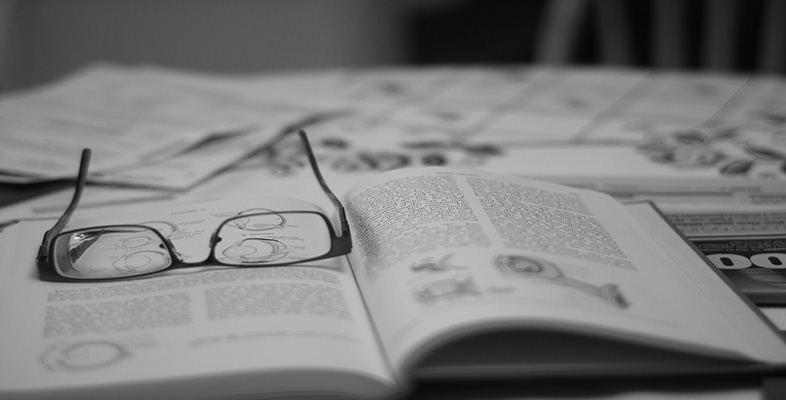4 Referencing
You will probably have noticed that when this course refers to someone who has written something interesting about learning, we have given you their name and some other details in brackets. For example: Allen (2001, p. 24). You probably ignored it! But it is there for a purpose – to let you know whose ideas are being referred to – hence it is known as referencing.
So, looking at this example, you can probably work out that the author is someone whose surname is Allen, the year of his book’s publication was 2001 and the page of this book referred to is page 24.
In most books or articles that you are likely to come across when you are studying – whatever the subject – you will usually find some kind of referencing. As in the case of Allen above, it is done to show where the information and ideas come from and to acknowledge the contribution of other people to the writer’s ideas. It tells the reader (here, you) where they can read more about the ideas presented, if they wish to. It also shows that the writer of the book or article you are reading – or online course in this case – is not trying to pass off these ideas as their own.
At the end of academic books or research papers, you will also find a reference list or bibliography. This gives fuller details of the books or websites referred to in the piece of writing. It usually gives you information about the place of publication and publisher too. So you may see something like:
Buzan, T. (2006) The Mind Map Book, Harlow, BBC Active
This is the book we referred to earlier when talking about mind mapping. ‘Harlow’ is the place of publication, and ‘BBC Active’ is the publisher. So now you have enough information to find the book for yourself if you wanted to.
In academic writing, writers try to refer to authors who are generally seen as trustworthy and respected by the academic community. In some ways this resembles how, from a very early age, we begin to judge how much weight to put on evidence, depending on the source it has come from. Suppose your neighbour told you that he knew it was going to rain because a joint in his little toe ached. However, the weather forecast is for glorious sunshine. Which source would you believe? All that academic referencing does is to use a more formal way of showing that the evidence can be relied on.
Websites are referenced in a similar way. One difference is that, in the reference list at the end of the piece of writing, the writer would have to put the web address and the date they accessed it. Why the date? This is because the information on websites can be changed without giving the reader any notice or indication that it has been done.

You will usually be asked to use this formal way of referencing if you decide to study at degree level. But don’t worry – you’ll be given more guidance then. All you are expected to pick up from this course are some of the main reasons why it is done. Maybe you could start looking out for examples of it in your reading, so that it becomes more familiar to you. The reference lists are usually found at the end of the book or article.
